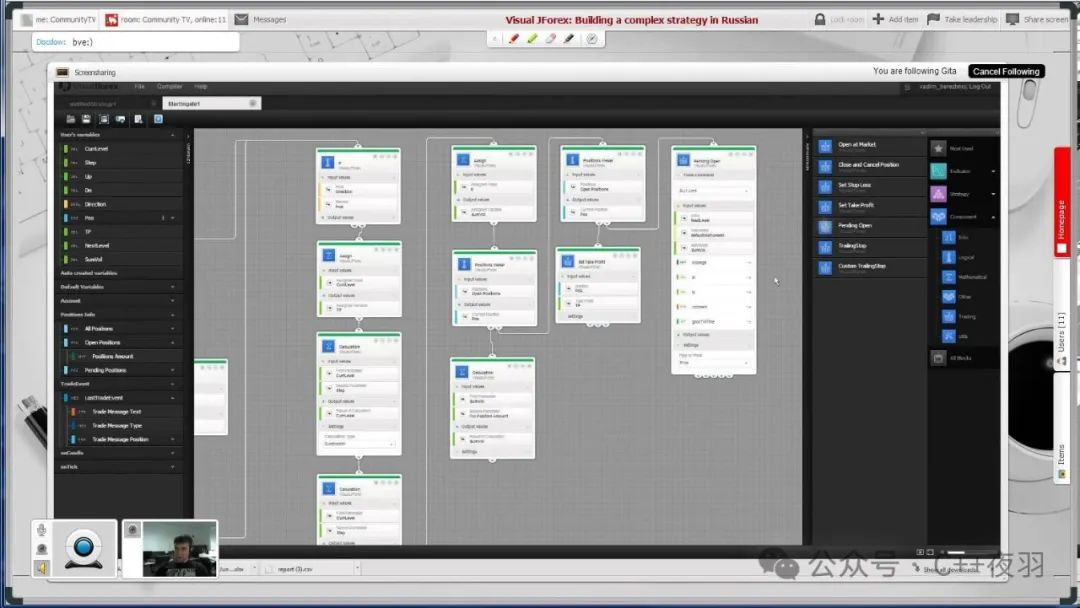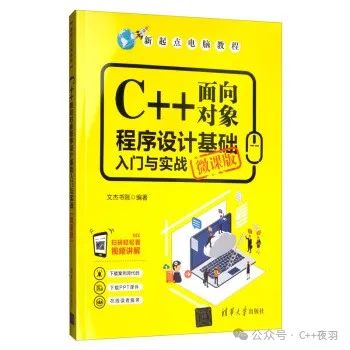1. What Sparks When C++ Meets Embedded Development?

In our daily lives, electronic products come in various forms, from smartphones and smartwatches to electronic control systems in cars and automation equipment on industrial production lines. Embedded systems are truly ubiquitous. They act as the “hidden brain” of these devices, silently controlling everything, often with high demands on performance and real-time capabilities.
At this point, the C++ programming language shines! It is not just an ordinary programming language; it combines high performance, object-oriented programming, and excellent portability. In the field of embedded development, C++ can directly manipulate hardware at a low level, acting like a skilled “hardware magician,” precisely managing memory, efficiently handling complex algorithms, and fully tapping into the potential of hardware to tackle various complex tasks. For example, in flight control systems where real-time response is critical, C++ ensures that the system can respond accurately and instantly, ensuring flight safety. Moreover, C++ supports object-oriented programming, which enhances code modularity and reusability, making development and maintenance enjoyable, much like building with blocks, where different modules can be combined to achieve various complex functions, significantly improving development efficiency. Additionally, its good portability allows code written with slight adjustments to run on different hardware platforms, serving as a “universal key” that unlocks more possibilities for embedded development, especially when collaborating with real-time operating systems (RTOS), which can create wonderful sparks. Let’s continue to explore.
2. What Exactly Is A Real-Time Operating System (RTOS)?

After discussing C++, it’s time to introduce its “golden partner” — the Real-Time Operating System (RTOS). In simple terms, RTOS is an operating system specifically designed for embedded systems, quite different from the general-purpose operating systems we use daily, like Windows or MacOS. General-purpose operating systems focus on providing users with diverse interactions and running various large software, pursuing multifunctionality and versatility; meanwhile, RTOS focuses on real-time capabilities, with the core goal of ensuring tasks are completed within specified time frames, providing predictable response times.
In embedded development, the advantages of RTOS are significant. It can easily handle multitasking, like a super scheduler, systematically arranging tasks to run in turn. For instance, if we are developing a smart home control system that needs to monitor temperature, control lighting brightness, and receive mobile commands simultaneously without interference, RTOS can perfectly manage this. Taking FreeRTOS as an example, when developing with C++, the task creation code is as follows:
#include "FreeRTOS.h"
#include "task.h"
void Task1Function( void * parameter) {
for(;;) {
// Here is where task 1 logic goes, such as temperature monitoring
vTaskDelay(1000 / portTICK_PERIOD_MS);
}
}
void Task2Function( void * parameter) {
for(;;) {
// Task 2, like controlling lighting brightness
vTaskDelay(2000 / portTICK_PERIOD_MS);
}
}
int main() {
xTaskCreate(Task1Function,"Task1", 128, NULL, 1, NULL);
xTaskCreate(Task2Function,"Task2", 128, NULL, 1, NULL);
vTaskStartScheduler();
return 0;
}In this code, we use FreeRTOS’s xTaskCreate function to easily create two tasks, each responsible for different functions, while vTaskDelay controls the task execution rhythm, allowing the system to allocate CPU time rationally, enabling tasks to “march in step” and achieve efficient multitasking.
Real-time response is another strong suit of RTOS. In industrial automation production lines, once a fault signal is detected, RTOS can swiftly schedule fault handling tasks and stop the system promptly to prevent further losses. Additionally, it provides powerful task synchronization and communication mechanisms, such as semaphores and message queues, which facilitate seamless task cooperation. For instance, in automotive electronic systems, the engine control task and the dashboard display task must collaborate; when the engine status changes, it notifies the display task via semaphore or message queue, allowing the dashboard to update immediately, enabling the driver to grasp the vehicle’s condition in real-time.
Moreover, RTOS is particularly resource-efficient, allocating resources based on task importance, allowing it to perform well in resource-limited embedded devices. It also possesses good scalability; when new features arise, adding tasks or modules is straightforward, and the system remains stable and reliable, like a “building block castle” with unlimited potential that grows with demand, laying a solid foundation for embedded development. We will delve deeper into its practical details in conjunction with C++ later.
3. The Perfect Combination of C++ and RTOS

(1) Efficient Task Scheduling
When C++ is combined with RTOS, task scheduling resembles a carefully orchestrated symphony, playing in an orderly manner. In RTOS, tasks are like different instrument groups in an orchestra, each with specific roles: some are responsible for data collection, others focus on data processing, and some handle external communication. C++ leverages RTOS’s task scheduling capabilities to easily create tasks with different priorities, ensuring that critical tasks play their “notes” promptly at crucial moments.
For example, in an industrial automation control system, there is a task responsible for real-time monitoring of equipment temperature; once the temperature exceeds a threshold, it must immediately trigger a cooling device, making this task of utmost priority. Another task periodically records operational data, which is less urgent and has a lower priority. When implementing this with C++ and RTOS, the code looks like this:
#include "FreeRTOS.h"
#include "task.h"
// High temperature threshold
const int TEMPERATURE_THRESHOLD = 80;
// Simulated current temperature, in actual applications, it would be obtained from sensors
int currentTemperature = 25;
// Temperature monitoring task function
void TemperatureMonitorTask( void * parameter) {
for(;;) {
if(currentTemperature > TEMPERATURE_THRESHOLD) {
// Here is where the cooling device triggering code goes, such as sending control signals to the actuator
printf("Temperature is too high, activating cooling!\n");
}
vTaskDelay(1000 / portTICK_PERIOD_MS);
}
}
// Data logging task function
void DataLoggingTask( void * parameter) {
for(;;) {
// Here is where the code for logging operational data goes, such as saving data to a file or sending it to a host computer
printf("Logging operational data\n");
vTaskDelay(5000 / portTICK_PERIOD_MS);
}
}
int main() {
// Create temperature monitoring task with priority set to 2, higher priority
xTaskCreate(TemperatureMonitorTask,"TempMonitor", 128, NULL, 2, NULL);
// Create data logging task with priority set to 1, lower priority
xTaskCreate(DataLoggingTask,"DataLogger", 128, NULL, 1, NULL);
vTaskStartScheduler();
return 0;
}When the system runs, RTOS will prioritize the temperature monitoring task to frequently “inspect” the temperature, responding swiftly to any anomalies, while also appropriately scheduling the data logging task to appear at the right time, ensuring both tasks operate without interference and in a coordinated manner, efficiently fulfilling industrial control missions and preventing equipment failures due to overheating, just like a conductor precisely orchestrating a harmonious melody.